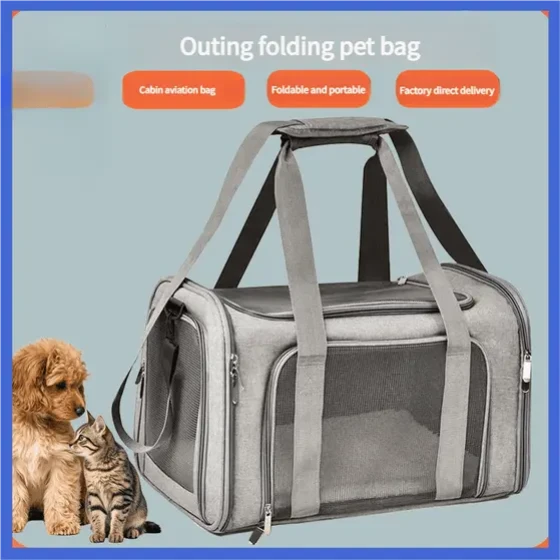Does an Air Purifier Make Dogs Healthier?

Bichon Frise (Detailed Introduction)
As people’s demands for living environments increase, air purifiers suddenly entered people’s vision. After renovating a new house, people habitually buy one to remove the residual formaldehyde at home. Now, haze has suddenly come into view; in severe cases, the haze even aggressively flies into rooms. Many people think of air purifiers, but are they really effective?
1. If you have a dog at home, should you install an air purifier?
It is said that you shouldn’t walk your dog on haze days, but haze can come to you nonetheless. Severe haze has already caused choking smoke to appear indoors. Humans find this situation difficult to resist, and dogs are even less tolerant of haze. For the dog’s health, is installing an air purifier useful?
2. What to pay attention to when purchasing an air purifier
With the increase of haze weather, there are now more than a hundred companies producing air purifiers in the domestic market, but the quality is uneven. Companies that make home appliances, health products, and even bottled water have begun producing and selling air purifiers. Some companies simply OEM products and don’t even have their own factories. Under these circumstances, product quality is hard to guarantee. Moreover, many merchants exaggerate product effectiveness excessively.
3. Can air purifiers remove haze indoors?
Experts point out that the advertised “PM2.5 removal rate of 99%” by merchants on the market is more of a gimmick. Using an air purifier helps to improve indoor air quality, but whether it can purify PM2.5 has not yet been specifically studied or supported by relevant data. Labeling PM2.5 and formaldehyde “removal rate of 99%” is a misuse of the concept; this removal rate refers to the intrinsic effectiveness of the material against PM2.5 and formaldehyde, not the actual operational effect. Internationally, air purifiers must specify applicable area and clean air delivery rate per unit area, but many domestic products do not and instead deceive consumers with attractive numbers like “99%.”



